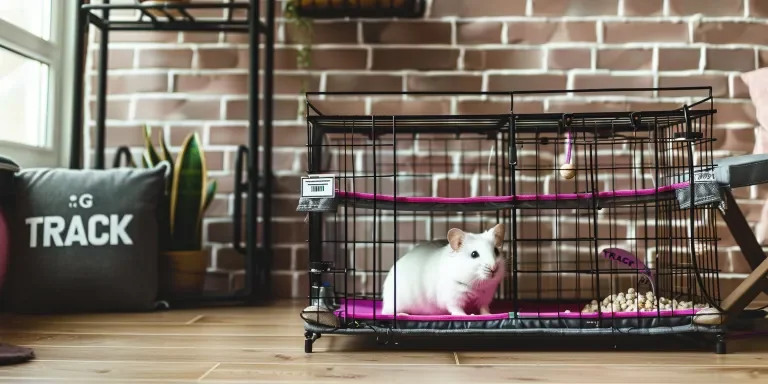When it comes to selecting a rat cage, the decision can be as complex as choosing a house for ourselves. Rats are intelligent, social, and active animals that require more than just a place to sleep. They need a habitat that caters to their physical and psychological needs. This article delves into the five critical aspects of rat cages that owners should consider to ensure their pets thrive. From understanding the importance of size to exploring the essentials of safety, design, ease of cleaning, and enrichment opportunities, we provide a roadmap to making an informed choice.
Table of Contents:
– Importance of cage size and space
– Safety features to consider
– Design and accessibility
– Cleaning and maintenance
– Enrichment opportunities within the cage
Importance of cage size and space
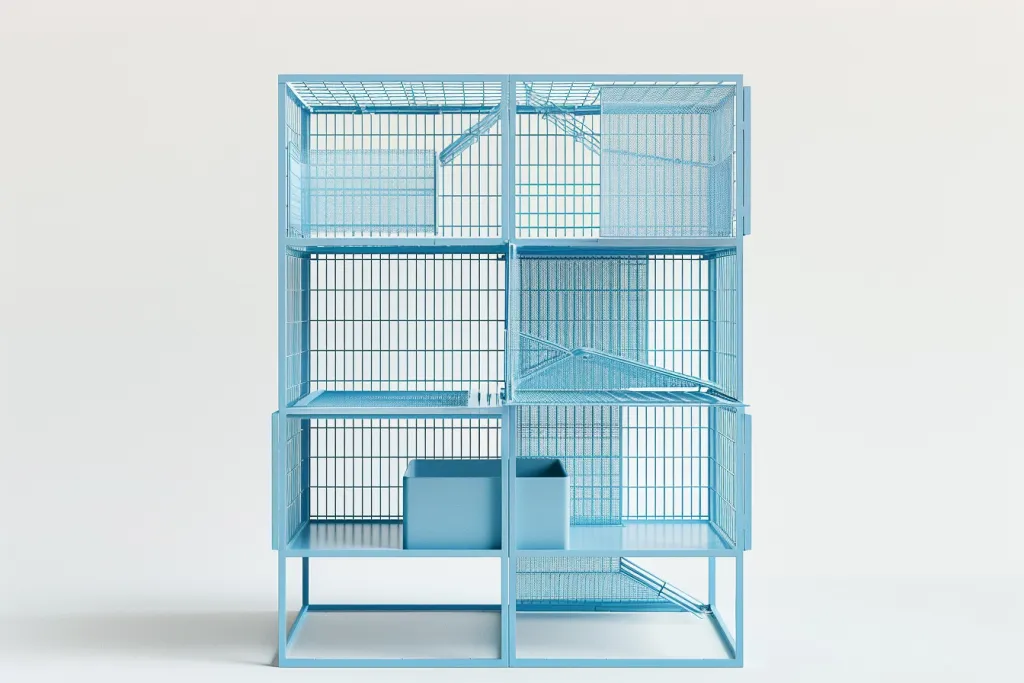
Rats are active creatures that love to climb, explore, and play. A cramped space can lead to stress, obesity, and health issues. The ideal cage should offer ample room for movement, with multiple levels being a significant plus. Space isn’t just about the physical dimensions; it’s about creating an environment where your rat can exhibit natural behaviors. This section discusses the recommended dimensions and the benefits of providing a spacious habitat for your pet rat.
Safety features to consider
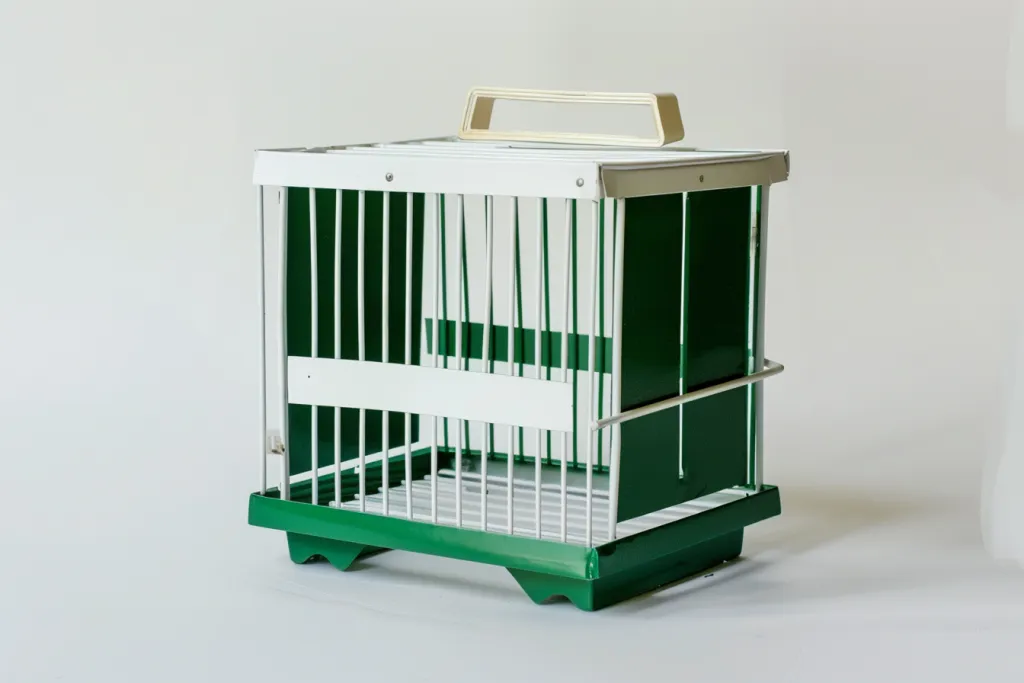
When it comes to rat cages, safety is paramount. The spacing between bars, the sturdiness of the materials, and the absence of sharp edges are all critical factors to examine. Rats are curious and can squeeze through surprisingly small spaces or chew through weak materials, leading to potential escape or injury. This part of the article explores the essential safety features every rat cage should have, ensuring your pet remains secure and healthy within their home.
Design and accessibility
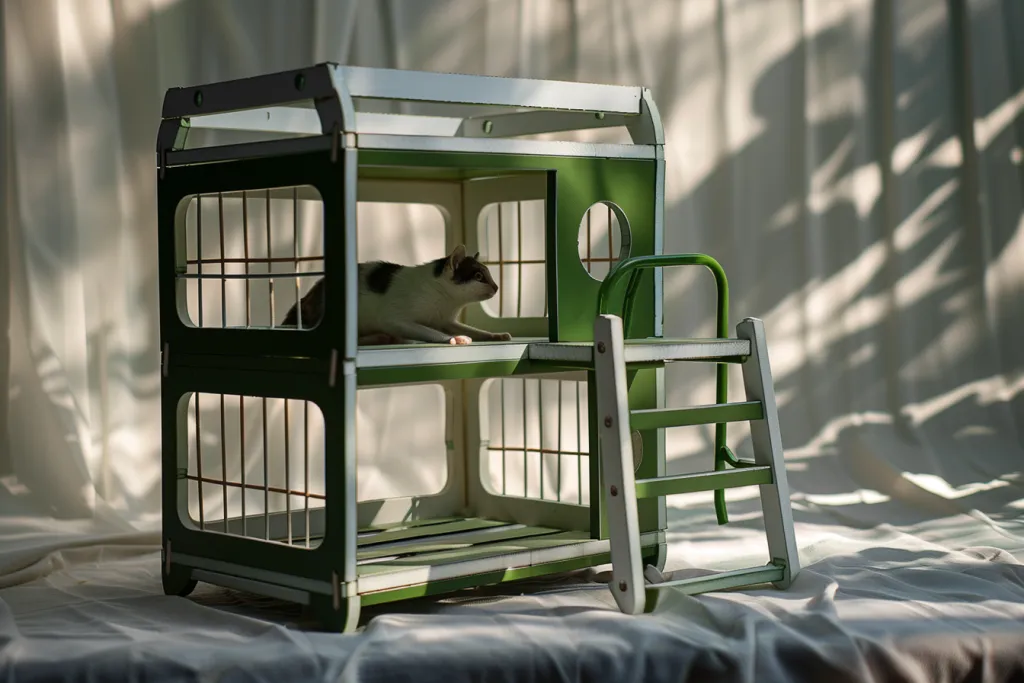
The design of a rat cage goes beyond aesthetics. It encompasses ease of access for cleaning, feeding, and interacting with your pet. Doors should be large enough to comfortably reach in, and the layout should accommodate accessories like water bottles, food dishes, and toys. Additionally, a well-designed cage should consider the rat’s need for privacy and rest, incorporating areas where they can retreat and relax. This section highlights the key design elements that contribute to a functional and comfortable rat habitat.
Cleaning and maintenance
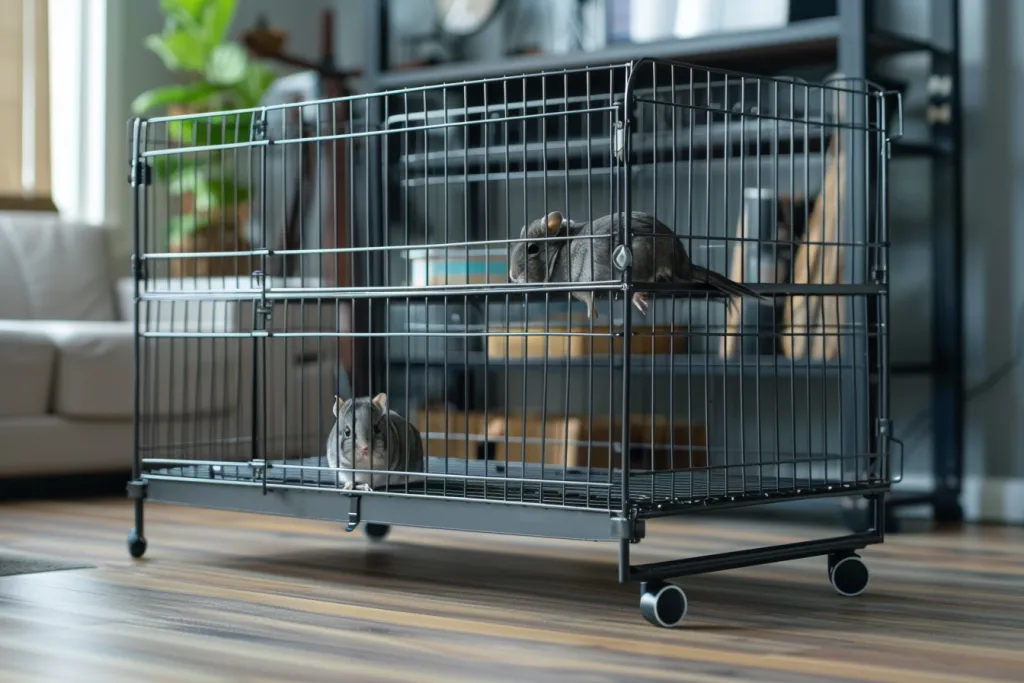
A clean cage is vital for your rat’s health and well-being. However, cleaning should not be a daunting task. Cages with removable trays, easy-to-wipe surfaces, and accessible compartments make maintenance less of a chore. Regular cleaning prevents the buildup of harmful bacteria and odors, contributing to a hygienic environment for both the rat and the household. This article outlines practical tips and considerations for keeping your rat’s cage clean and well-maintained.
Enrichment opportunities within the cage
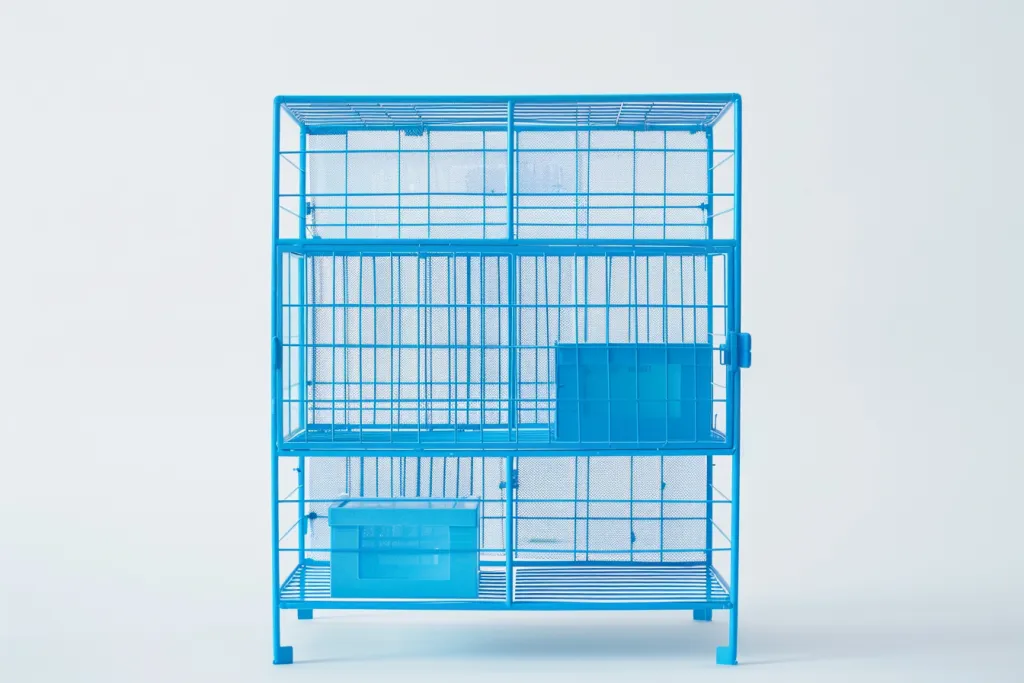
Rats are intelligent animals that require mental stimulation to stay happy and healthy. The cage should be more than a living space; it should be a playground and a sanctuary. Incorporating elements like tunnels, platforms, hammocks, and chew toys can enrich your rat’s environment. These additions encourage physical activity, problem-solving, and relaxation. This section provides ideas for enriching your rat’s cage, fostering a stimulating and nurturing environment.
Conclusion:
Choosing the right rat cage is a crucial decision that impacts your pet’s quality of life. By considering the aspects of size, safety, design, cleanliness, and enrichment, you can create a habitat that not only meets but exceeds their needs. A well-chosen cage becomes a comfortable, stimulating home for your rat, where they can play, rest, and thrive. As responsible pet owners, our goal is to provide our furry friends with a safe, engaging, and loving environment.
